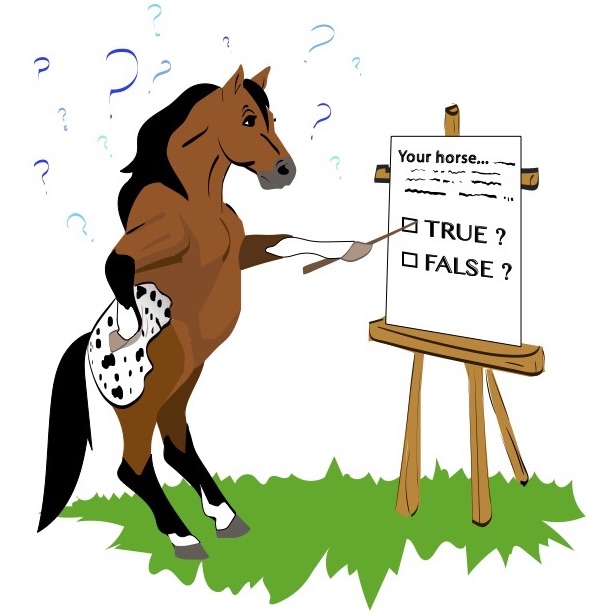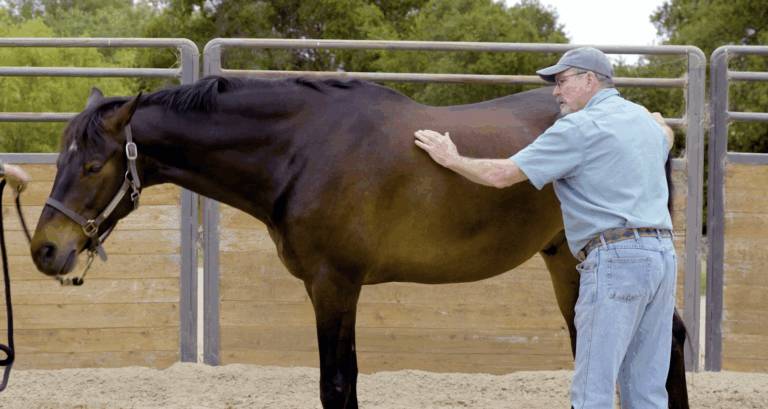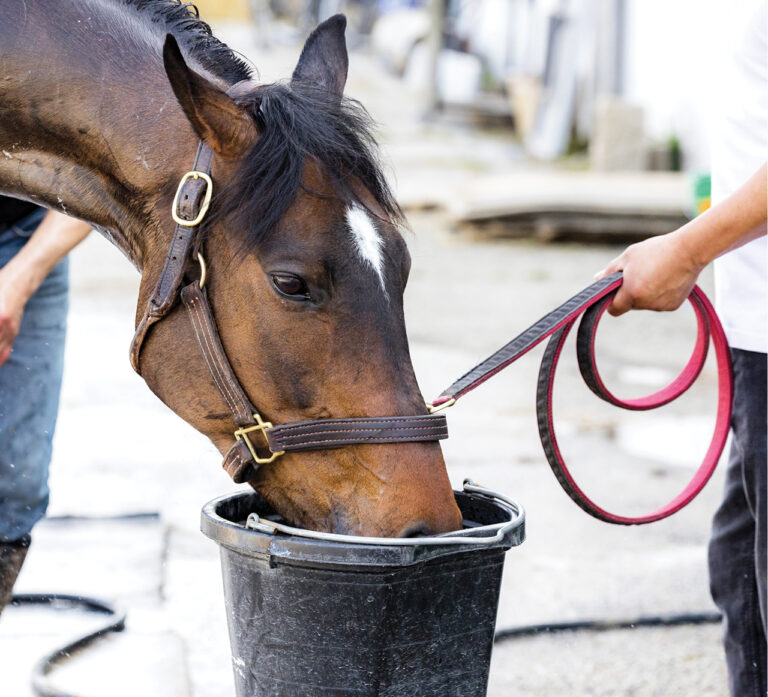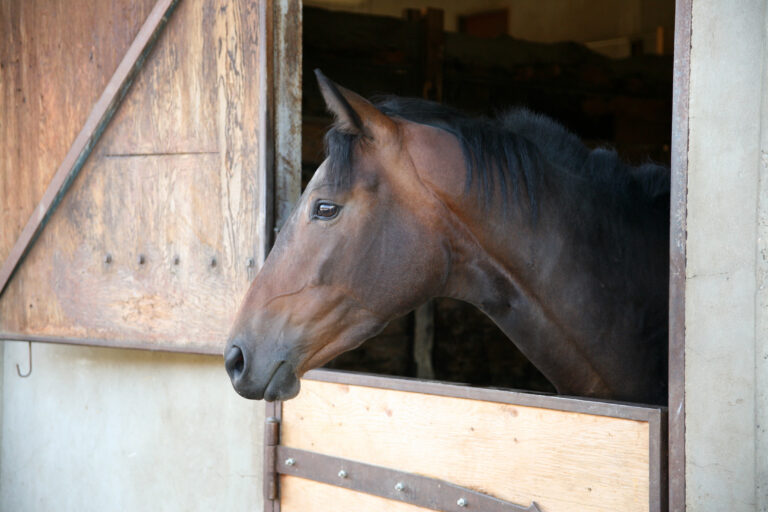
1. True or false: In the long run, it’s smarter to buy a mare than a gelding, because then you always have the option to breed her.
T / F
2. On average, how long is a mare ‘in heat’ (estrus) and under the influence of estrogen?
A) six days
B) 10 days
C) 21 days
3. Are mares, geldings, or stallions most likely to choose just one place to ‘do their business’?
A) mares
B) geldings
C) stallions
4. What is a ‘mare gelding’?
A) A mare that acts like a gelding.
B) A gelding that acts like a mare.
C) A mare that shouldn’t be bred.
HOW’D YOU DO? (Answers below.)
1. F is correct. If you mainly want a riding horse, the best choice for you is the one that will give you the best ride—and that can be either a mare or a gelding. Bear in mind, too, that geldings don’t have the hormonal issues that can make some mares cranky, sore-sided, and distracted at certain times of their heat cycles. Then, too, broodmares should be chosen purposefully, with specific criteria in mind. Breeding shouldn’t be a “fallback option” for a riding horse that doesn’t work out. (Check trainer Bob Avila’s tips for selecting the right horse—mare or gelding.)
2. A is correct. Mares are typically in estrus for six days, and out of estrus for 15 days, for a total of 21 days in their heat cycle. (Click here for our vet’s full lowdown on understanding and managing mare moods.)
3. C is correct. Most horses tend to eliminate in the areas where they most often walk and eat, and usually only stallions will interrupt what they’re doing to eliminate in a selected spot, or “stud pile.” (If you have a horse that “goes” only in his or her stall, check this advice.)
4. C is correct. “Mare gelding” is a horseman’s term for a mare that, like a gelding, should be ridden rather than bred. (Click here for a video of trainer Al Dunning explaining this and other mare-gelding-stallion concepts.)
Hey! Not already receiving H&R’s fun and informative newsletter? Sign up for The Ride.




![[Aggregator] Downloaded image for imported item #35942](https://s3.amazonaws.com/wp-s3-horseandrider.com/wp-content/uploads/2025/10/20105738/EDCC-Unbranded-14-300x200-1.jpeg)